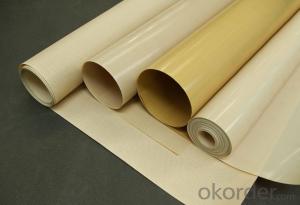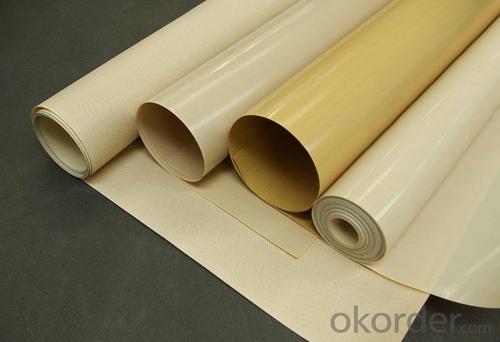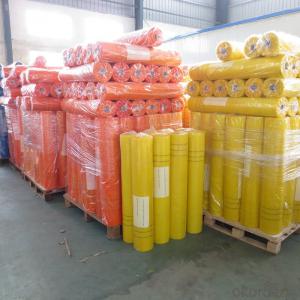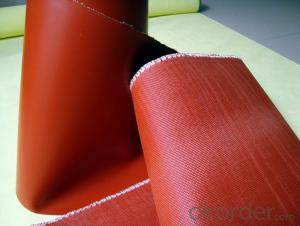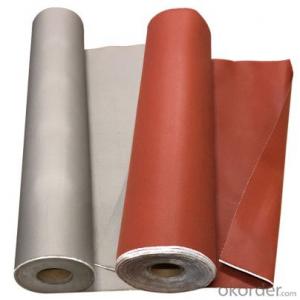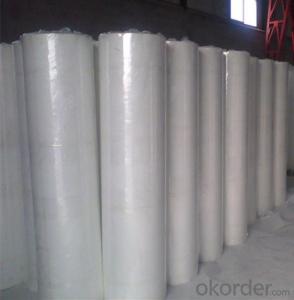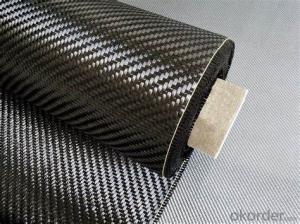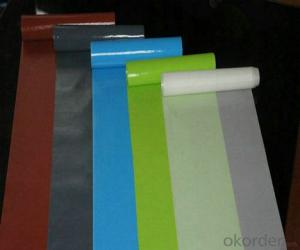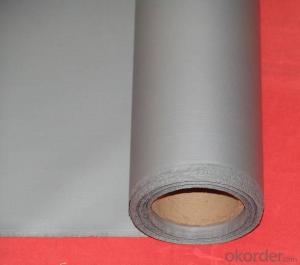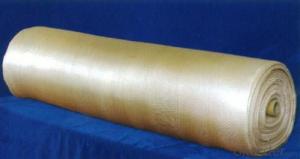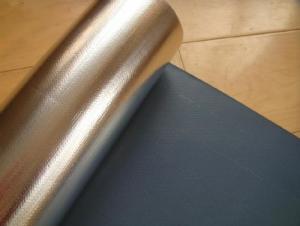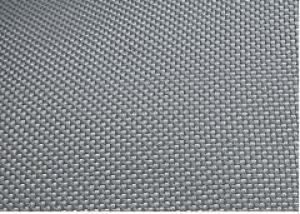Fiberglass Fabrics for Large Generating Corrosion Proofing Field with Silicone Coating
- Loading Port:
- Shanghai
- Payment Terms:
- TT OR LC
- Min Order Qty:
- 500 m²
- Supply Capability:
- 50000 m²/month
OKorder Service Pledge
OKorder Financial Service
You Might Also Like
Silicone Coated Fiberglass Fabric for Large Generating Corrosion Proofing Field
Fiberglass Fabric Description
Silicone coated fiberglass fabric is a fiberglass cloth, which possesses the properties of temperature resistance, anti-corrosion, high strength and is coated with organic silicone rubber.
Fiberglass Fabric Specification
Thickness:0.2mm-5mm
Width:100cm-150cm
Color;grey/red/silver/black
Weight(coating):130gsm-2800gsm
Model No | FSD2030 | FSD2030 | FSD2050 | FSD2100 | |
High temperature resistant(°C) | ≤280 | ≤280 | ≤280 | ≤280 | |
Low temperature resistant(°C) | ≥-40 | ≥-40 | ≥-40 | ≥-40 | |
Tensile intensity (N/50mm) | Warp | ≥1750 | ≥1750 | ≥2500 | ≥3500 |
Weft | ≥1280 | ≥1280 | ≥2100 | ≥3000 | |
Inflating burst intensity(Mpa) | ≥2.0 | ≥2.0 | ≥2.2 | ≥2.6 | |
Peeling intensity(N/m) | ≥450 | ≥450 | ≥520 | ≥600 | |
Insulation (kv/mm) | 16 | 16 | 18 | 18 | |
Weight (g/m*m) | 550-650 | 550-650 | 750-800 | 1500-1800 | |
Width(mm) | 1000±20 | 1000±20 | 1000±20 | 1000±20 | |
Thickness(mm) | 0.3-0.4 | 0.3-0.4 | 0.05-0.55 | 1.0-1.1 | |
color | Silver-gray, gray, red | lucency | Silver-gray, gray, red | Black, gray, red | |
Fiberglass Fabric Features:
1, Good performance on resisting high temperature and low temperature, -40°C-280°C;
2, High strength;
3, Ozone, oxide, light and weather aging resistance;
4, High insulation: dielectric constant:3-3.2, breakdown voltage: 20-50KV/MM;
5, Chemical corrosion resistant, oil-proofing, waterproofing (washable)
Fiberglass Fabric Application:
It has been widely used in construction, electric insulation,
chemical industry, pipeline ductile conjunction, large generating
Corrosion proofing field, machinery, metallurgy, sealing and so on.
Product Show
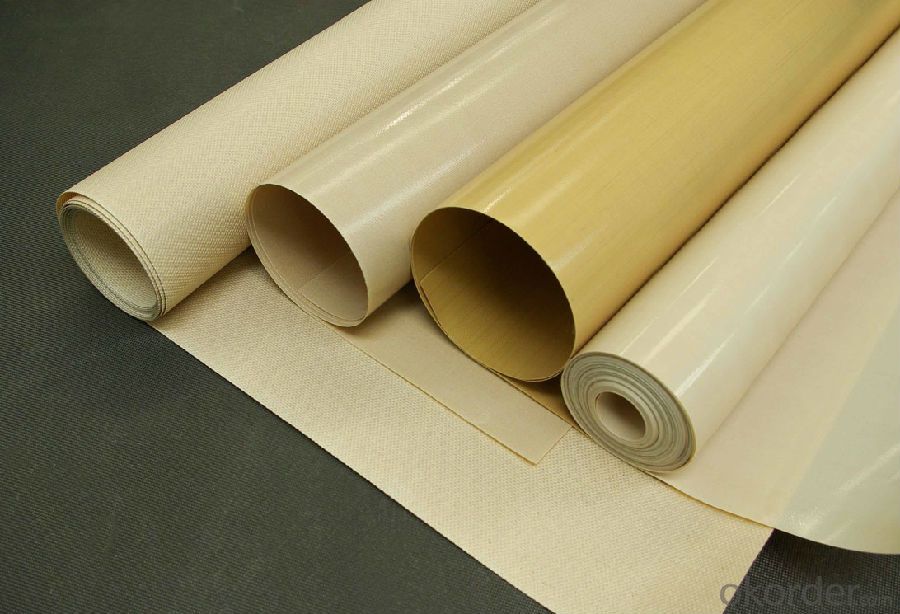
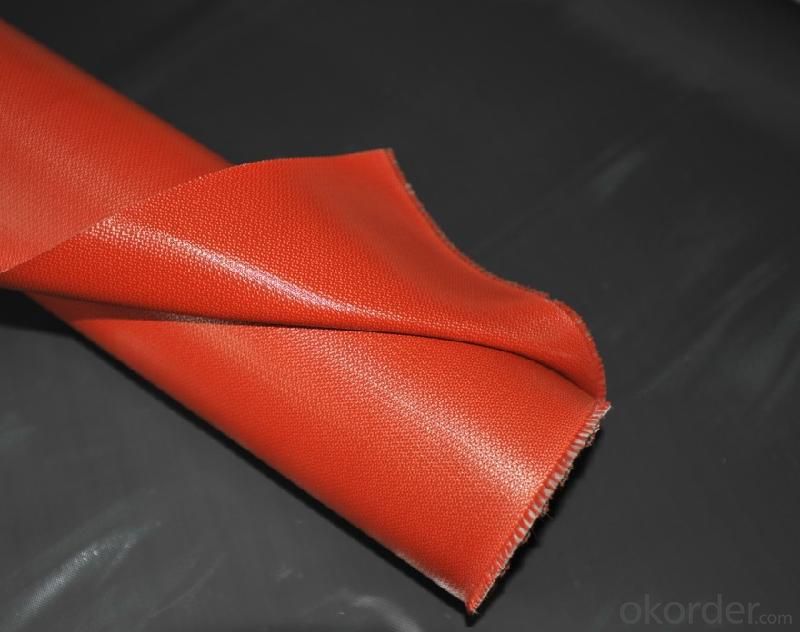
FAQ
1.What are the characteristics of fiberglass fabric?
a)Outstanding temperature resistance(from -70°C to +260°C)
b)Excellent chemical resistance
c)Superior non-stick surface, easy to clean
d)High dielectric strength
e)Dimensional stability
f)Resistance to UV, IR and HF
g)Non-toxic
2.How many methods to weave the fabric?
Four methods to weave the fabric:
a).Plain weave: it can be used in electricity insulation materials and reinforced materials in industry, because of inseparable structure, plain and clear lines.
b).Twill weave: compared with plain weave, it is of high density, high intensity, with a soft and loose structural weave. It can be used in ordinary reinforced materials, filter materials, and painting cloth.
c) Satin weave: compared with plain weave and twill weave, it is of high density,high intensity, with a soft and loose structural weave with a good texture. It is applicable for use as a higher reinforced material in machinery.
d).Gauze weave: said lattice twist weave. It can be used in spread model curtain,resin reinforced emery wheel gray cloth and lattice embed belt.
3.Can you offer us some samples?
We are willing to offer our customers best product&service,if it's necessary we can send
you sample for test;also we welcome all you customer have a trial order.
- Q: How is fiberglass fabric used in the production of insulation jackets?
- Fiberglass fabric is used in the production of insulation jackets as it provides excellent thermal insulation properties. The fabric is woven from fine strands of glass, which create a tight and durable structure that helps trap and retain heat. It is commonly used as an outer layer in insulation jackets to prevent heat loss, as well as to provide protection from external elements such as moisture and abrasion. Additionally, fiberglass fabric is lightweight, flexible, and resistant to fire, making it an ideal choice for insulation jackets used in various industries.
- Q: Rural cement flat roof room, how to do waterproof, anti leakage best?
- The surface of the base is cleaned up, the water content is not more than 9%, the formation is dense, and the joints of each node are tidy and complete, and meet the requirements.
- Q: Can fiberglass fabric be used for making stage backdrops?
- Yes, fiberglass fabric can be used for making stage backdrops. It is a versatile material that offers durability, strength, and resistance to fire, making it suitable for theatrical productions. Additionally, fiberglass fabric can be easily manipulated, allowing for various creative designs and effects on stage.
- Q: How does fiberglass fabric perform in terms of fire resistance?
- Fiberglass fabric is known for its excellent fire resistance properties. Due to the nature of its composition, which consists of woven glass fibers, it has a very high melting point and does not ignite easily. When exposed to flames, fiberglass fabric does not burn or release toxic gases, making it suitable for various applications where fire safety is crucial. Additionally, fiberglass fabric has a self-extinguishing property, meaning that it stops burning once the heat source is removed. This characteristic helps prevent the spread of fire and contributes to the overall safety of the environment. Moreover, fiberglass fabric has a low thermal conductivity, which means it does not conduct heat well. This property helps to contain the fire and reduces the risk of its propagation. The fabric also provides a barrier between the heat source and the surrounding area, minimizing the transfer of heat and offering protection to adjacent materials. Overall, fiberglass fabric is highly regarded for its exceptional fire resistance properties, making it a preferred choice in industries such as aerospace, automotive, construction, and firefighting.
- Q: How does fiberglass fabric perform in wind and storm conditions?
- Fiberglass fabric is known for its exceptional performance in wind and storm conditions. Due to its strong and durable nature, fiberglass fabric is resistant to wind damage and can withstand high wind speeds. Its unique composition, which includes strands of glass fibers woven together, provides superior strength and stability, making it highly effective in withstanding the forces of strong winds and storms. One of the key advantages of fiberglass fabric in wind and storm conditions is its ability to retain its shape and structural integrity. Unlike other materials that may deform or collapse under heavy wind loads, fiberglass fabric remains rigid and stable, ensuring the integrity of structures or objects it is used to protect. Moreover, fiberglass fabric is highly resistant to moisture, making it an ideal choice for windy and stormy environments. It does not absorb water, preventing it from becoming heavy and losing its effectiveness. This feature also helps to prevent the growth of mold or mildew, which can further compromise the fabric's performance. Additionally, fiberglass fabric is fire-resistant, which is essential in storm conditions where the risk of fire is increased. This fire-retardant property adds an extra layer of safety, making it a preferred choice for applications where wind and storm conditions are expected. In summary, fiberglass fabric performs exceptionally well in wind and storm conditions. Its strength, stability, resistance to moisture, and fire-retardant properties make it an excellent choice for various applications, such as protective covers, building structures, and outdoor equipment, ensuring durability and safety even in the harshest weather conditions.
- Q: Is fiberglass fabric suitable for outdoor use?
- Indeed, fiberglass fabric proves to be a viable option for outdoor utilization. Renowned for its exceptional sturdiness and ability to withstand diverse environmental influences, such as sunlight, moisture, and temperature fluctuations, fiberglass fabric is highly regarded. Moreover, it exhibits remarkable resistance to chemicals, rendering it appropriate for outdoor applications where exposure to severe weather conditions or chemicals is anticipated. In addition, fiberglass fabric boasts attributes such as lightweightness, flexibility, and ease of handling, making it an optimal selection for outdoor commodities, including awnings, canopies, boat covers, and upholstery for outdoor furniture. Its capacity to endure high temperatures and its property of being fire-retardant also contribute to its suitability for outdoor use. All in all, fiberglass fabric is a dependable and extensively utilized material for outdoor applications due to its robustness, durability, and resistance to various outdoor elements.
- Q: What are the potential health risks associated with handling fiberglass fabric?
- There are several health risks that may arise from handling fiberglass fabric. One major concern is the potential for skin irritation or allergic reactions. The presence of tiny glass fibers in fiberglass fabric can cause skin irritation, resulting in redness, itching, and rashes. Extended or repeated exposure to these fibers can also lead to dermatitis, which is characterized by skin inflammation. In addition to skin irritation, fiberglass fabric can be harmful if it is inhaled. When the fabric is cut, sanded, or disturbed in any way, it releases small fibers into the air. Inhaling these fibers can irritate the respiratory system, leading to coughing, wheezing, and difficulty breathing. Over time, repeated exposure to fiberglass fibers may result in more severe respiratory conditions like bronchitis or even lung cancer. Moreover, the small size of fiberglass fibers makes them challenging to detect and remove from the body once they have been inhaled or come into contact with the skin. This can lead to long-term health risks as these fibers can become lodged in the lungs or other organs, causing chronic inflammation and scarring. To minimize the potential health risks associated with handling fiberglass fabric, it is crucial to take proper precautions. This involves wearing protective clothing, such as gloves, long sleeves, and pants, to prevent direct contact with the skin. Using a respirator or mask can help reduce the inhalation of fiberglass fibers. It is also important to work in a well-ventilated area or use exhaust fans to decrease the concentration of airborne fibers. Regularly cleaning and maintaining workspaces to eliminate any accumulated fibers is also advisable. In conclusion, while fiberglass fabric has various applications and advantages, it is essential to be mindful of the potential health risks associated with its handling. By taking appropriate precautions, individuals can minimize the likelihood of experiencing adverse health effects.
- Q: How is fiberglass fabric used in the production of insulation sheets?
- Due to its superior thermal insulation properties, fiberglass fabric is commonly utilized in the manufacturing of insulation sheets. This fabric is created by intricately weaving fine strands of fiberglass together, resulting in a robust and enduring material. In the production process of insulation sheets, fiberglass fabric is typically employed as a reinforcement layer. Initially, a layer of fiberglass fabric is placed atop the insulation material, which is typically composed of foam or mineral wool. This fabric serves to bolster the strength of the insulation sheet and prevent any tearing or damage during installation or usage. Moreover, fiberglass fabric functions as a barrier, preventing the insulation material from shifting or settling over time. This ensures the insulation remains intact, without any gaps or voids, thereby preserving its efficacy and efficiency. Furthermore, fiberglass fabric imparts additional fire resistance to the insulation sheets. It possesses inherent fire-resistant properties, which effectively curtail the propagation of flames and diminishes the risk of fire hazards. This is particularly crucial in scenarios where insulation sheets are employed in buildings or structures where fire safety is a paramount concern. Additionally, fiberglass fabric boasts excellent moisture resistance. It creates a formidable barrier against water or moisture infiltration, safeguarding the insulation material. This is of paramount importance in upholding the thermal performance of the insulation, as moisture can significantly undermine its effectiveness. In summary, fiberglass fabric plays a pivotal role in the production of insulation sheets by enhancing strength, providing fire resistance, improving moisture resistance, and ensuring long-lasting thermal insulation. Its versatility renders it a dependable and extensively utilized material within the insulation industry.
- Q: Can fiberglass fabric be used for electrical cables?
- Indeed, electrical cables can make use of fiberglass fabric. Renowned for its exceptional electrical insulation capabilities, fiberglass fabric is well-suited for scenarios necessitating the reduction of electrical conductivity. It can serve as a protective outer layer or insulation within electrical cables, effectively safeguarding against electrical shocks and short circuits. Moreover, fiberglass fabric's resistance to heat, fire, and chemicals amplifies its suitability for electrical cable applications.
- Q: Can fiberglass fabric be used for upholstery?
- Yes, fiberglass fabric can be used for upholstery. Fiberglass fabric is a versatile material that offers several benefits for upholstery applications. It is known for its durability and resistance to wear and tear, making it suitable for high-traffic areas. Fiberglass fabric is also resistant to stains, mildew, and fading, which makes it a popular choice for outdoor furniture upholstery. Additionally, it can provide excellent support and structure to cushions and upholstery foam, ensuring longevity and comfort. However, it is important to note that fiberglass fabric may not be as soft or comfortable as other upholstery materials like cotton or polyester. Therefore, its use should be considered based on the specific requirements and preferences of the project.
Send your message to us
Fiberglass Fabrics for Large Generating Corrosion Proofing Field with Silicone Coating
- Loading Port:
- Shanghai
- Payment Terms:
- TT OR LC
- Min Order Qty:
- 500 m²
- Supply Capability:
- 50000 m²/month
OKorder Service Pledge
OKorder Financial Service
Similar products
Hot products
Hot Searches
Related keywords
